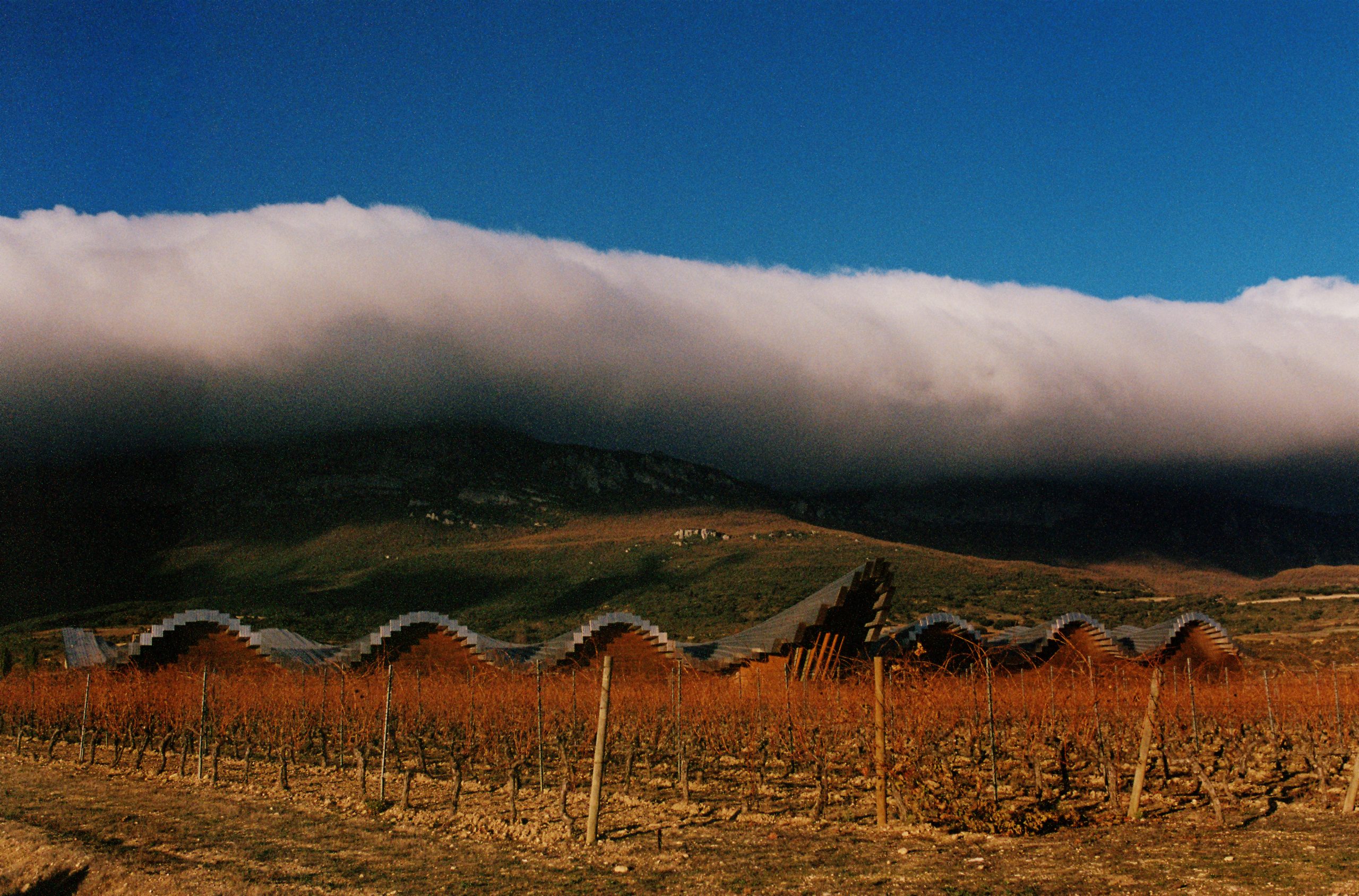Can the wine industry’s crisis be stopped?
With falling wine consumption being worsened by a growing global surplus, the wine industry stands on a precipice, according to the latest ProWein Business Report.

The report, titled Ways out of the crisis, consisted of a survey of more than 2,000 members of the wine industry, from producers to retailers, conducted by Geisenheim University.
Presenting the findings of this seventh report, Professor Simone Loose, head of Geisenheim University’s Institute for Wine and Beverage Business, remarked that the “economic crisis outside” has been the biggest cause for concern among members of the industry: “The list of challenges and risks to the industry is dominated by economic factors.”
73% of those surveyed in 2023 listed cost increases as a threat to their company, a slightly lower level than the 85% who said so in 2022. 59% were primarily concerned with global economic downturn and 48% with decreasing wine consumption, a major increase on the 30% who said so in 2022.
The same survey found that 45% found climate change to be a major threat, a slightly lower level than might be anticipated given the difficulties producers across the wine world, from the Languedoc to Etna, faced ahead of harvest, with 2023’s global wine production representing a 60 year low, according to OIV figures. Loose explained: “[Climate change] is in the middle of the list because the short-term economic issues are just more important at the moment.”
Loose did note that while the survey showed concern about supply chains had plummeted, with just 32% citing it in 2023 compared to 66% in 2022, the present Houthi attacks on shipping in the Red Sea would likely increase this figure.
As for how companies are dealing with the economic challenges (especially with regards to costs and profitability), though 64% of producers and traders expressed an aim to reduce costs, just 6% mentioned laying off staff. Loose said of this: “Staff are scarce, so you try to keep them for as long as you can.”
Push back on premiumisation
It has previously seemed to be universally accepted that consumers are buying less, but buying better – a trend that supposedly began during the Covid-19 pandemic when no-one could go out so they would splash the cash on a nicer bottle of wine.
But, this latest ProWein Business Report suggested that the trend is in fact popularisation, not premiumisation.
The survey revealed that whereas the overall trade figure for sales in the popular/lower price point segment found that 32% had seen them grow (compared to 20% who had seen a decline), in the premium/super-premium segment 26% had seen sales increase while 38% had seen them decline. This cheaper section of the market is expected to grow over the next two years, with 38% predicting an increase in popular sales, compared to 28% at the premium end – crucially, for the latter, 30% expect sales to further decline.
The global regions surveyed where the trade reported the biggest reduction in premium sales are North America (US and Canada) at -42%, and Scandinavia (Finland, Denmark, Norway and Sweden) at -43%. The most significant growth in the popular segment was seen in the Netherlands (20%), Austria (18%), and, perhaps surprisingly given the country’s very high average income, Switzerland (15%).
Partner Content
Drinking less, buying less
But, the increase in popular wine sales is not indicative of a much-needed spike in global wine consumption – as Loose put it: “Unfortunately, not everyone agrees that you need to drink wine, so if you want to save money…”
76% of respondents cited reduced disposable income as the reason why people might be drinking less. By contrast, 63% attributed the decline in part to health and wellness trends. The latter was discussed in depth at the recent Delle Venezie DOC International Forum, which db attended.
However, Loose warned: “[The trend of falling consumption] won’t go away if the economy ticks up again.”
29% suggested that changing preferences was a factor, with would-be wine drinkers gravitating towards beer and spirits, for example. Indeed, the ProWein fair in Düsseldorf is reflecting this at the 2024 exhibition with the launch of ProSpirits, which, fair director Peter Schmitz revealed, would feature 300 exhibitors from 40 countries showcasing everything from agave-based spirits to brandy.
Loose noted that “large players” in the world of beer and spirits have an edge, in that they have substantially bigger communication budgets which they can use to advertise their products than many wine producers. 91% of French wine producers who responded to the survey believed that younger consumers are better reached by other alcoholic beverages, a view shared across most of the wine world, with the exception of Austria where only 46% of producers thought this was the case.
Falling demand and, despite the problems presented by the 2023 harvest, a supply that is increasing overall mean that there is a worrying surplus. 73% of producers surveyed said that the supply of wine exceeded the demand (a view uniformly shared across all of the wine producing countries involved), and 63% believed that this supply should be reduced in order to rebalance the market and make business more viable.
Silver lining
It is undeniable that these figures do not make for cheery reading. However, despite the pessimism (or perhaps realism) in the industry the survey’s findings show, it does at least show an acknowledgement of the problems across the board, and offers pointers to the solutions that might fix the crisis.
Loose suggested that the secret to securing the future of the wine industry lay in a “holistic” approach combining economic sustainability with improved communication. “It doesn’t matter where you start,” she explained.
There is some division within the trade on how to approach it – whereas 70% of producers agreed that wine needs to be more profitable in order to communicate and market effectively, only 45% of traders shared that view. A similar discrepancy can be seen in how 62% of producers believed that other beverages can afford to better engage in extensive marketing communications with consumers, compared to 45% of traders.
However, there is also a great deal of consensus, including on the issue of whether marketing wine as more premium would increase sales (just 39% of producers and 33% of traders). And, while self-proclaimed connoisseurs may delight in the seeming inaccessibility of wine knowledge, it is a factor that may have put young drinkers off wine is its complexity – 62% of producers and 57% of traders suggested that in order to reach new consumers, wine needs to be easier to understand.
A desire to change is one thing, how quickly producers and traders can adapt in order to survive these challenges is, of course, another matter entirely.
Related news
ProWine Hong Kong will be a 'catalyst for recovery' in 2025




